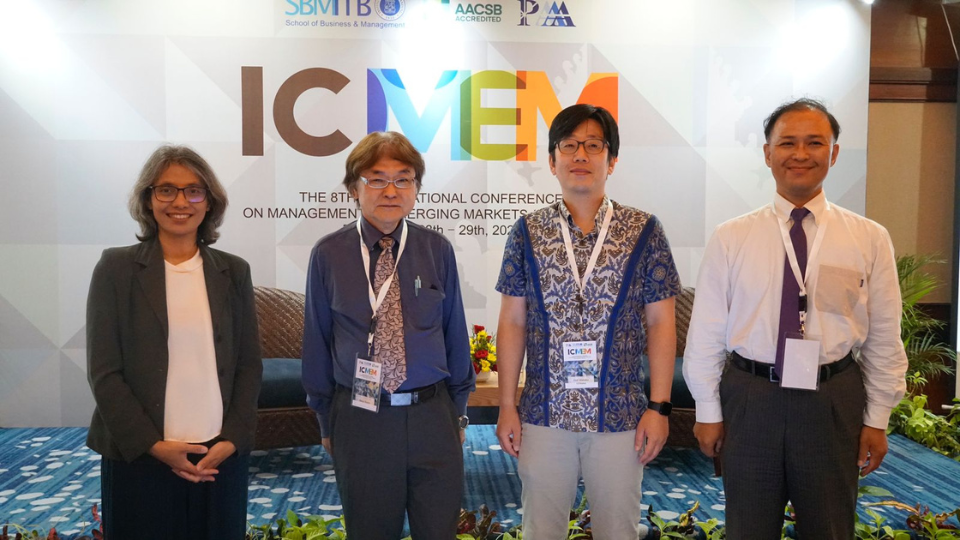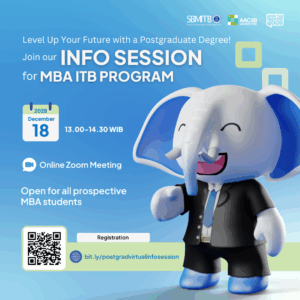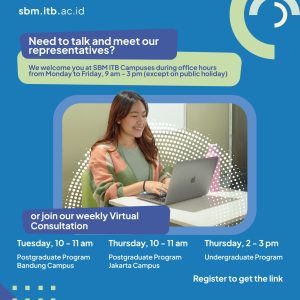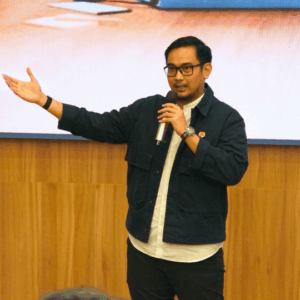Three prominent information systems professors from Japan—Prof. Manabu Ichikawa from Shibaura Institute of Technology, Prof. Tadahiko Murata from Osaka University, and Prof. Shingo Takahashi from Waseda University—shared their expertise at the International Conference on Management in Emerging Markets (ICMEM) 2024. The conference occurred at The Patra Hotel, Bali, on August 28 and 29, 2024.
In the first workshop session, titled “The Latest Approach of Agent-Based Social Simulation from AESCS,” Prof. Takao Terano, Chairman of the Pacific-Asian Association for Agent-Based Approach in Social Systems Sciences (PAAA), introduced agent-based modeling (ABS) to the participants.
ABS is a tool used to simulate interactions between decision-makers in society, where each decision-maker has unique characteristics and roles, following specific rules set by the programmer or social scientist. The outcomes of these simulations reflect the consequences of the modeled interactions.
Prof. Tadahiko Murata elaborated on the data used in ABS, specifically Synthetic Population Data (SPD). SPD represents a set of synthetic data that mirrors real-world population characteristics. He explained that survey and research data from real-world populations are collected and then converted to create virtual agents within a supercomputer. SPD enables researchers to conduct accurate simulations without risking privacy violations when publishing research results since each agent in the simulation is not a real person.
“It’s like playing SimCity,” remarked Prof. Manabu Ichikawa during his session. He highlighted that the Shibaura Institute of Technology now operates the Digital Twin Japan Platform (D2J), which focuses on applying ABS in real-world scenarios, particularly in public policy.
One of D2J’s key areas of focus is urban planning. For instance, urban design determines how close residents live to essential facilities, which can affect medical response times during emergencies such as heart attacks. Urban planning also influences how diseases like COVID-19 spread throughout a city.
Previously, researchers had to manually create datasets to define family relationships, workplace interactions, and movement patterns to understand how COVID-19 spread. However, with the social simulations conducted on the D2J platform, these processes can be carried out much more efficiently.
“It is possible to create D2I, the Digital Twin Indonesia Platform if Indonesian researchers and the government show interest,” suggested Prof. Ichikawa.
To adopt public policy recommendations, stakeholders must gain approval, including local governments and representatives. However, policymakers may not always fully grasp the process and outcomes of ABS simulations. “We engage stakeholders through gamification,” explained Prof. Shingo Takahashi. Using gamified versions of agent-based modeling (GAM), stakeholders can recreate simulations through interactive games.
After experiencing GAM, stakeholders can see that the game’s consequences or outcomes align with the simulation results. This deeper understanding and validation of the game results make it more likely that the simulation-based recommendations will be accepted and implemented in public policy.
As technology advances rapidly, social simulations are more precise in modeling societal interactions. Governments, academics, and industries can leverage this method to make decisions and recommendations that better address community needs.






